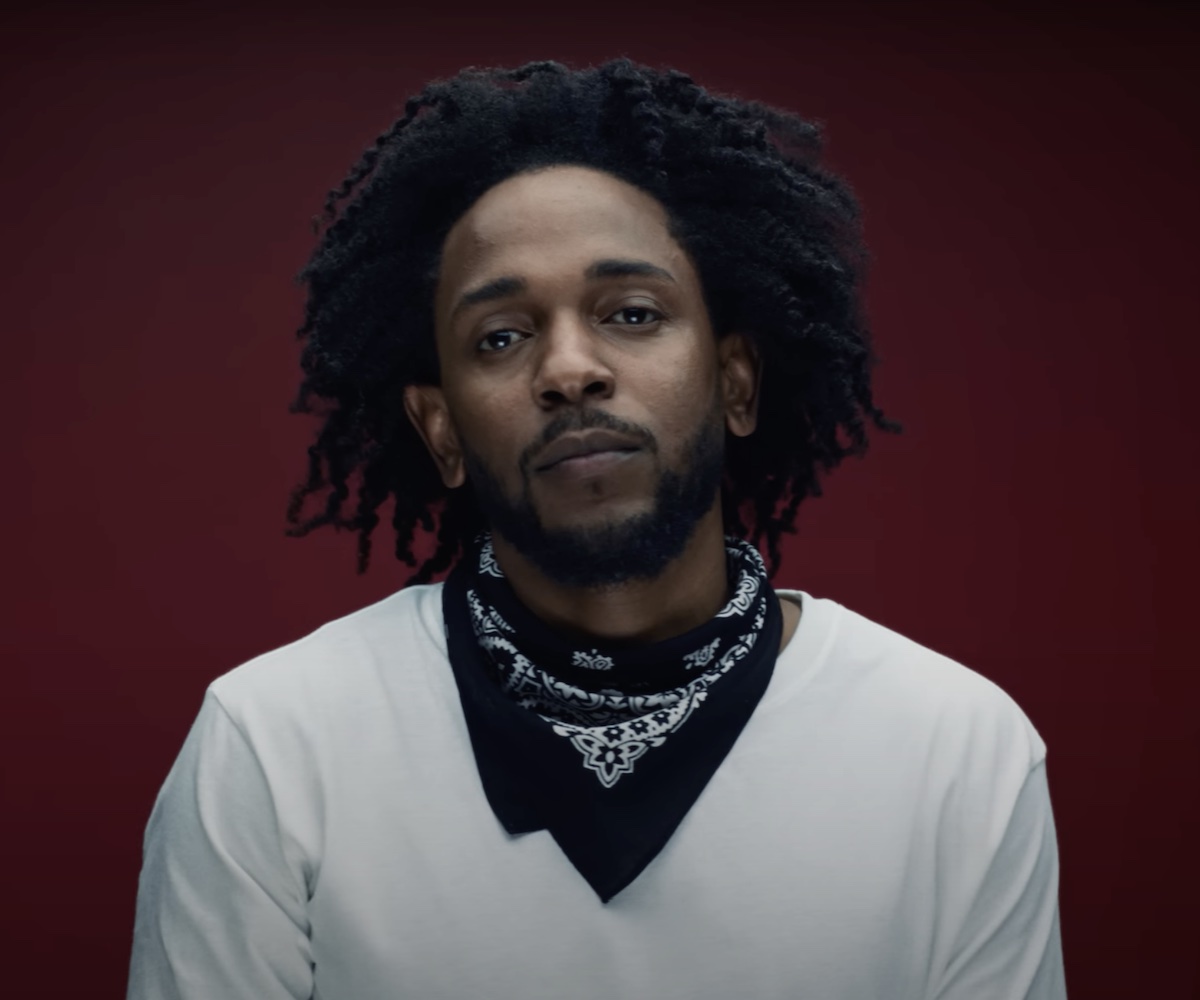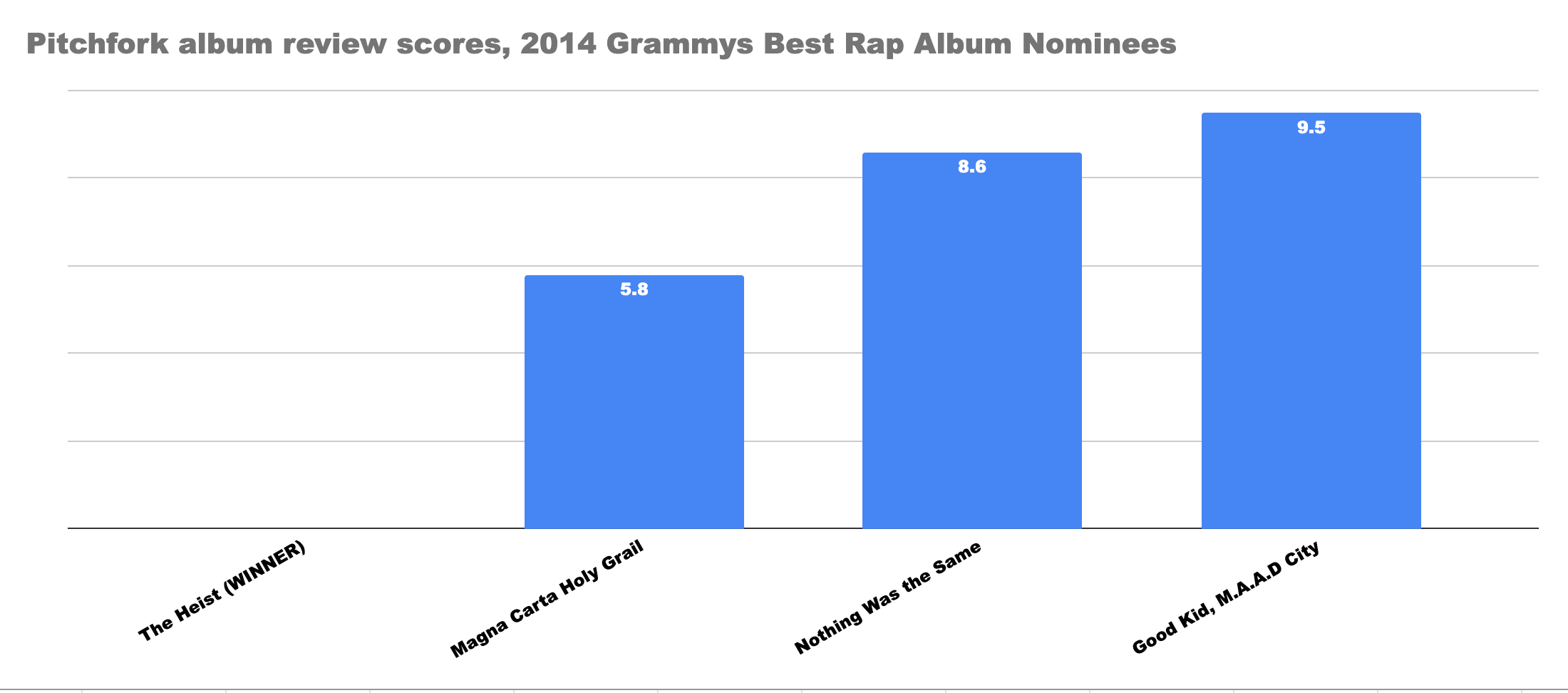*footnotes for the statistically inclined – addendum to trapital article

FACT: Mr. Morale & the Big Steppers (”MM&TBS“) is Kendrick’s fourth consecutive Billboard #1 (U.S.) album.1
(1) In fact, his only LP not to reach #1 was the #2-peaking Good Kid, M.A.A.D City (2012), which has spent a staggering 501 weeks – and counting! – on the Billboard 200, good for the 14th longest run of all-time, and 2nd only to Eminem among hip-hop artists.

Side note: MM&TBS’s 295,500 first-week units include 258,500 in streaming equivalent albums (SEA) which actually represents a 14% jump in SEA over DAMN., whose 603,000 U.S. first week units included 227,000 in SEA and 353,000 in physical sales, according to Billboard (no physical copies of MM&TBS were made available in its debut charting week). Not bad, given a five-year hiatus and virtual media silence over the last few years and throughout the album cycle!
FACT: Of the five categories of Grammys that Kendrick has won awards for, four of them contain the word “Rap” in their title.2 Kendrick has never Album of The Year, Record of the Year, or Song of the Year at the Grammys, despite 9 nominations.
(2) These are the names of Kendrick’s 14 Grammys to date: Best Rap Song (2014, 2016, 2018), Best Rap Performance (2015, 2018, 2019, 2022), Best Rap/Sung Performance (2016, 2018), Best Music Video (2016, 2018), and Best Rap Album (2016, 2018). Notice any trends?

FACT: Kendrick’s Good Kid, M.A.A.D City (2012) lost to Macklemore & Ryan Lewis’ The Heist for Best Rap Album at the 2014 Grammys.3
(3) In the eyes of many, the most grating among Kendrick’s longtime Grammys snubbings was Macklemore & Ryan Lewis’s win in 2014, for The Heist, of Rap Album of The Year over Good Kid, M.A.A.D City (oh, and Kanye’s Yeezus, Drake’s Nothing Was the Same, and Jay-Z’s Magna Carta Holy Grail). Critical opinions aside (Pitchfork calls Good Kid a 9.5; they didn’t even dignify The Heist with a review, instead waiting until their next album to give a 5.1), Good Kid sold 242,000 first-week units to The Heist’s 78,000 and was inarguably the more significant cultural moment – it’s a decision that on all levels truly seems ever more absurd as time goes on.
Macklemore & Ryan Lewis also beat out Kendrick for Best New Artist that year.


FACT: Since 19964, the so-called “Big Four” Grammys have been awarded to 67 recipients. Of these, only five (!?) would be widely classified as hip-hop: Lauryn Hill (AOTY, Best New Artist); OutKast (AOTY); Chance The Rapper (Best New Artist); Childish Gambino (SOTY, ROTY); and Megan Thee Stallion (Best New Artist).
(4) Actually, the introduction of the Best Rap Album category in 1996 is itself notable in terms of its lateness, considering 16 hip-hop albums had gone #1 on the Billboard 200 by the end of the year prior: Beastie Boys, 1987 and 1994; Tone Loc, 1989; MC Hammer, 1990; Vanilla Ice, 1990; N.W.A., 1991; Kris Kross, 1992; Ice Cube, 1992; Cypress Hill, 1993; Snoop Dogg, 1993; 2pac, 1995; Bone Thugs-N-Harmony, 1995; Tha Dogg Pound, 1995; and two compilations.
FACT: Two-thirds of the artists to top the Billboard 200 in 2021 and 2022 can be classified as hip-hop.5
(5) The full list (as of June 10): Adele, Bad Bunny, Billie Eilish, DJ Khaled, Drake, Ed Sheeran, Future, Gunna, Harry Styles, J. Cole, Justin Bieber, Kanye West, Kendrick Lamar, Lil Baby and Lil Durk, Lil Durk, Machine Gun Kelly, Moneybagg Yo, Morgan Wallen, Olivia Rodrigo, Playboi Carti, Polo G, Pop Smoke, Pusha T, Red Hot Chili Peppers, Rod Wave, Stray Kids, Summer Walker, Taylor Swift, The Kid Laroi, Tyler, the Creator, Various artists (Encanto), Young Thug, Young Thug and various artists (YSL compilation), YoungBoy Never Broke Again.
Billboard charting success for hip-hop even comes in spite of the fact the Billboard charts themselves – the 200 in its weighting of physical units over streaming, and both the 200 and 100 in their incorporation of pop radio airplay – are another music business institution and scorecard inherently skewed against hip-hop artists. This becomes especially clear when conventional charts like Top 40 radio are compared to streaming, the most democratic mode of modern music consumption, where hip-hop is by far and away the dominant genre.
FACT: Of the 21 songs to reach #1 on Billboard’s Pop Radio chart since 2021, only three are hip-hop (depending on whom you ask).6
(6) They are: Lil Nas X, “Industry Baby” f/ Jack Harlow; Doja Cat – take your pick between “Woman” and “Need To Know,” which both feel 50/50 pop-rap; and most recently, Latto, “Big Energy.” All the other number ones are either pop songs from genre-agnostic artists like Lil Nas X (his other two number ones over that span are “Montero” and “That’s What I Want”) or pop songs from conventionally pop artists (Ariana Grande, Olivia Rodrigo, and Justin Bieber each boast two of those 21 numbers ones).
FACT: “Pop” music was usurped many years ago by hip-hop as the most popular genre in the U.S.7
(7) Hip-hop and R&B accounted for 28% of US all-format music consumption in 2021, says MRC Data/Billboard, including 30% of on-demand audio streaming and 32% of on-demand video (versus 13% of physical album sales). No other genre came close: pop (13%) actually wasn’t even second in on-demand audio streaming, trailing rock (17%), the roles reversed only for video streams (15% pop, 12% rock). Other genres that anecdotally seem over-represented at Top 40 radio in relation with their streaming share include country, which represents only 8% of on-demand audio (4th overall), and dance/electronic (6th behind latin), which represents less than 4% of on-demand audio.
